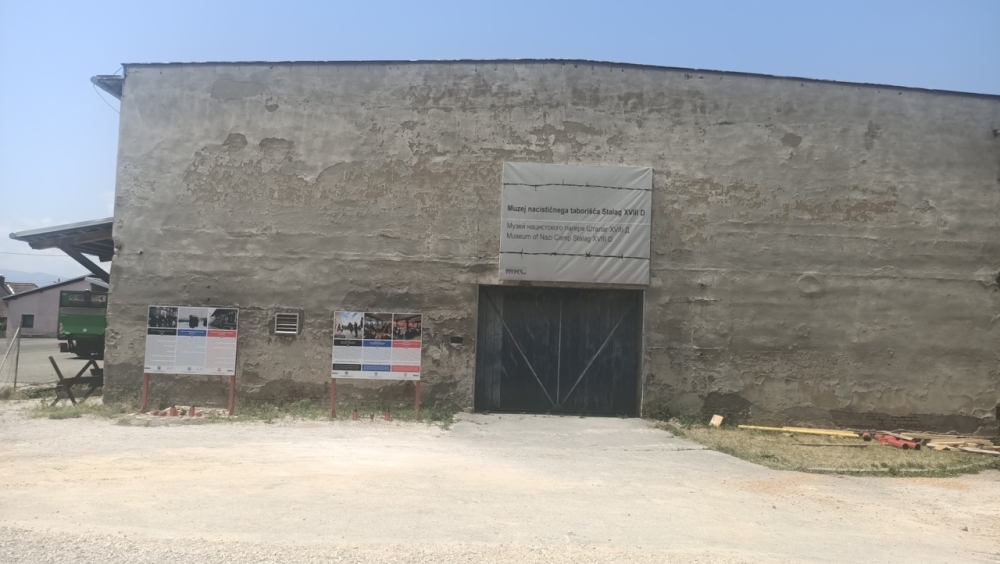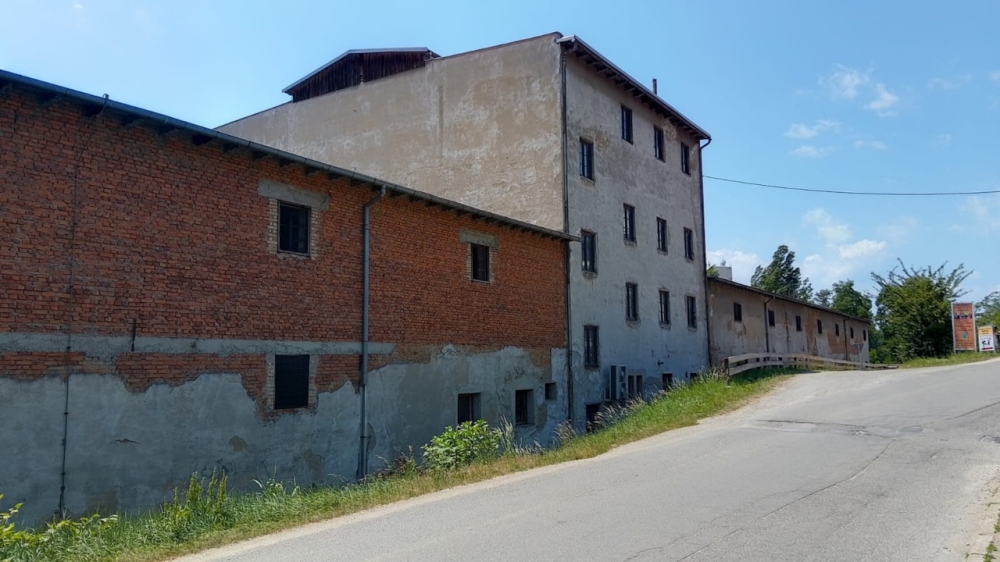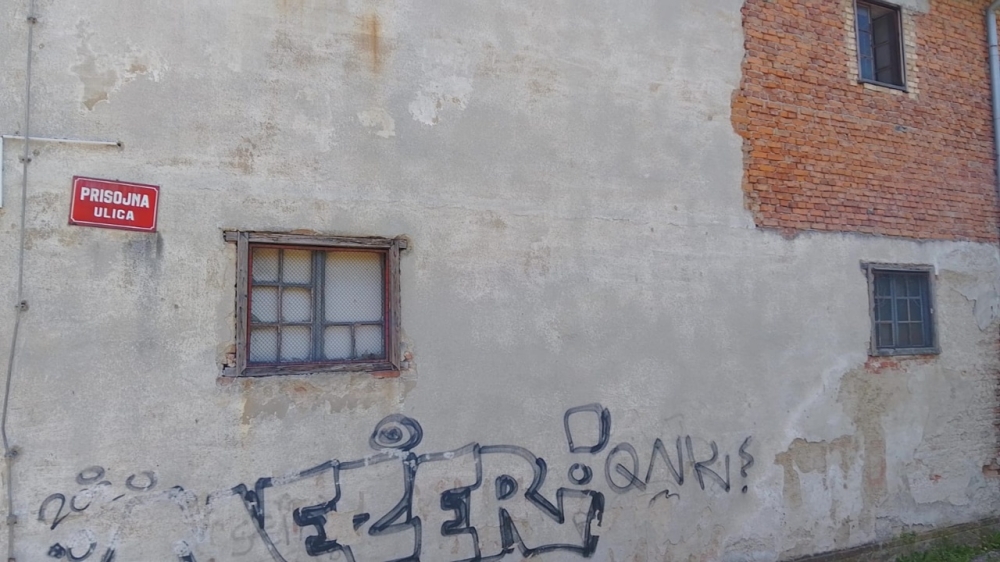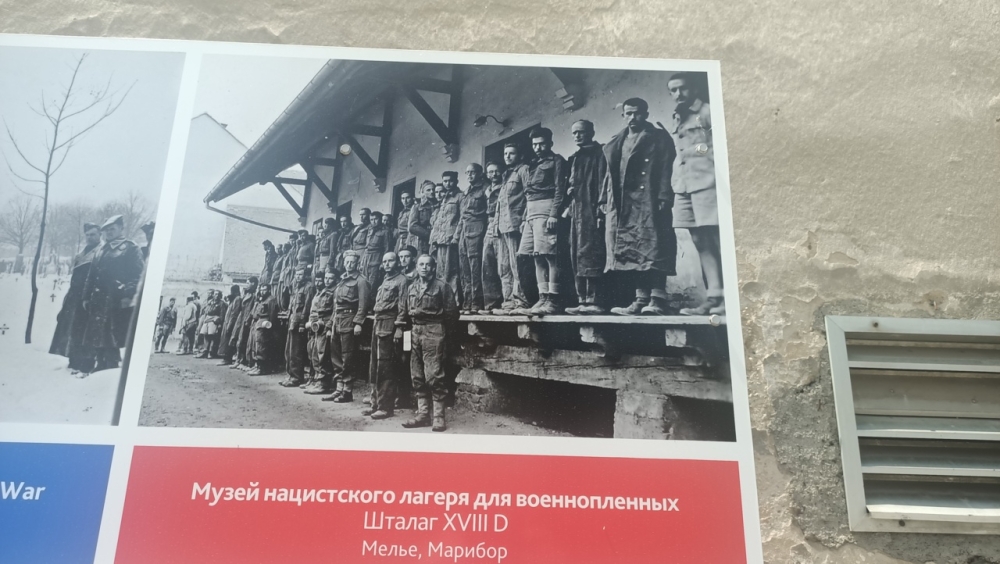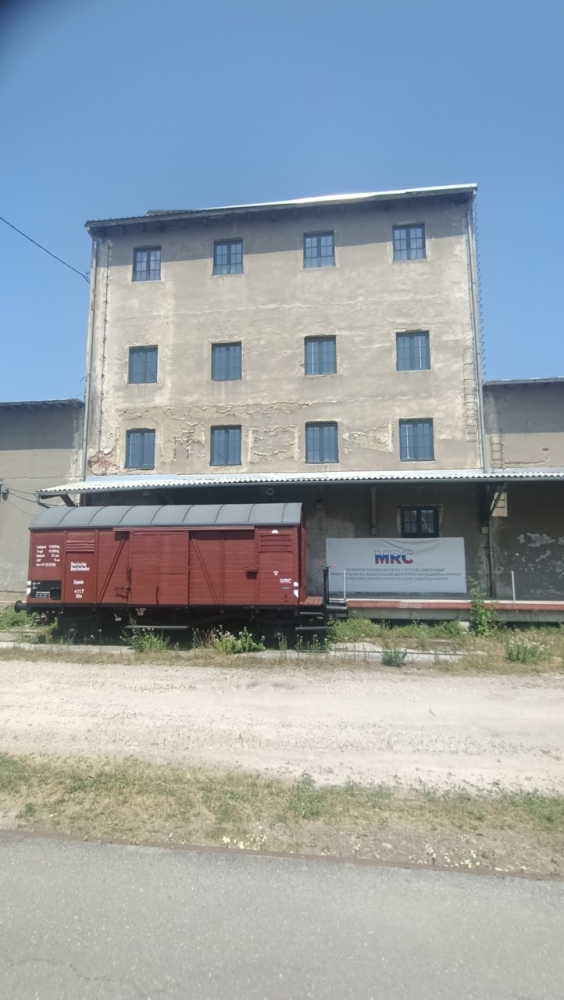Former Prisoner of War Camp Stalag VXIII-D Maribor
During the Second World War, the Stalag VXIII-D prisoner-of-war camp was located in Maribor. The camp, which was set up around a customs warehouse and old barracks buildings, was put into use after the surrender of the Yugoslav army in June 1941. It was initially intended for soldiers from the former Kingdom of Yugoslavia, Greece, France, Great Britain, Australia and New Zealand. After poor treatment in the early days, conditions later improved. Because prisoners from these countries were covered by the Geneva Convention on the treatment of prisoners of war, they were also registered as prisoners of war by the Red Cross.
After the start of “Operation Barbarossa”, a separate part of the camp was designated for Russian prisoners. The Soviet Union had not signed this treaty, and whether this made any difference or not, the Russian prisoners were treated brutally. There was widespread starvation, abuse and torture, and most of the Russian prisoners who arrived in Maribor between the autumn of 1941 and the spring of 1942 died there or on the way there. The scenes that took place here were no less horrific than those in the most notorious Nazi camps.
Today, one of the buildings houses the MRC (International Research Centre for WWII) Maribor. With support from the Russian Federation government, among others, this organisation conducts research into the fate of the victims. There is also a museum dedicated to the history of the camp and the German occupation of Maribor and the surrounding area.
For current visiting hours, please visit the website of the museum.
Do you have more information about this location? Inform us!
Source
- Text: TracesOfWar
- Photos: Martin Peeters
- - https://mrc-maribor.com/?lang=en
Related books
Nearby
Museum
Point of interest
Monument
- Partisan Memorial Maribor - Maribor
- Holocaust Memorial Maribor - Maribor
- Memorial Josef Simcik - Maribor
